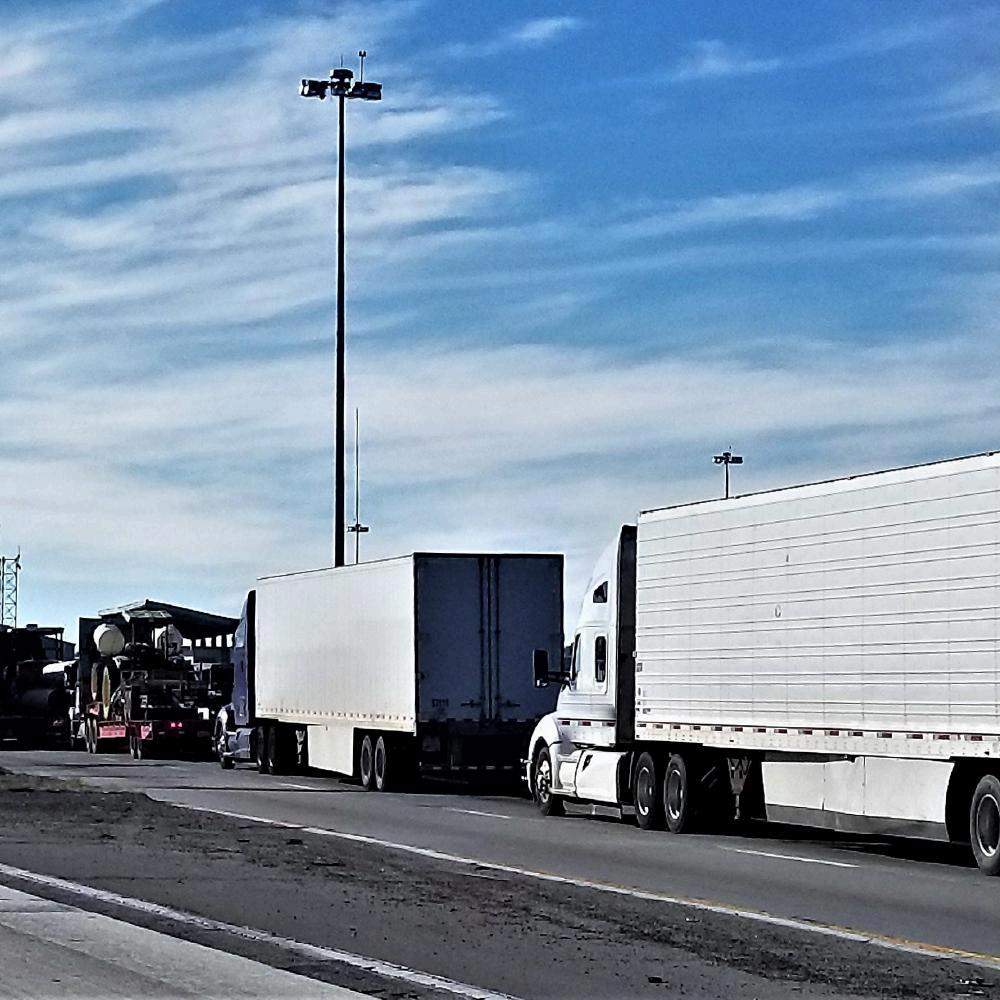Building a Safety-First Culture: Best Practices for Warehouse Operations by
Matthew Herzberger
Matthew Herzberger believes that warehouse operations are critical to supply chain efficiency, but they come with significant safety risks. Forklift accidents, falling objects, and improper lifting techniques are just a few hazards that can lead to injuries or even fatalities. Implementing a safety-first culture is essential to prevent accidents, reduce downtime, and promote employee well-being. Creating a robust safety culture requires proactive planning, continuous training,
accountability, and fostering an environment where safety is a shared responsibility across all levels of the organization. This article explores best practices to build and sustain a safety-first culture in warehouse operations
Leadership Commitment and Clear Communication
Establishing a safety-first culture starts at the top. Leaders and managers must demonstrate their commitment by prioritizing safety in all business decisions and making it a core value of the organization When leadership is actively involved, employees are more likely to take safety seriously. Leaders should communicate safety expectations clearly and consistently through meetings, announcements, and written policies They must also create open lines of communication that encourage employees to report hazards without fear of retribution A collaborative approach to safety fosters trust and sets the foundation for long-term cultural change
Comprehensive Safety Training Programs
Training is the cornerstone of any effective safety initiative. Employees need comprehensive training that covers equipment operation, emergency procedures, hazard recognition, and proper lifting techniques This training should not be a one-time event but an ongoing process that includes refreshers, drills, and hands-on demonstrations. Customized training programs for specific roles, such as forklift drivers or inventory handlers, ensure that employees are well-equipped to handle their tasks safely. Additionally, onboarding new employees with a focus on safety helps them understand the company’s expectations from the outset, reinforcing the importance of a safety-first mindset
Establishing Standard Operating Procedures (SOPs)
Transparent, standardized operating procedures (SOPs) are essential for reducing risks in warehouse environments SOPs provide detailed guidelines on how to perform tasks safely, including loading and unloading goods, stacking pallets, and operating machinery These procedures should be easily accessible to employees and updated regularly to reflect any changes in operations or safety standards SOPs also serve as a reference point during audits and inspections, helping to identify areas where practices may be deviating from safe standards By establishing and enforcing SOPs, warehouses can create consistency in operations and minimize unsafe behaviors
Implementing Regular Safety Audits and Inspections
Routine safety audits and inspections are vital to identifying hazards before they lead to accidents Warehouses should establish a schedule for inspecting equipment, shelving units, and other infrastructure components to ensure they are in good working order. Managers should
also conduct walk-throughs to observe day-to-day operations and correct unsafe practices in real-time. Audits help uncover gaps in training, missing safety signage, or non-compliance with policies, enabling corrective actions to be taken proactively These inspections not only ensure safety compliance but also demonstrate the organization’s commitment to creating a safe working environment.
Promoting Employee Engagement and Ownership of Safety
One of the most effective ways to build a safety-first culture is by involving employees in the process. When workers feel they have a voice in safety decisions, they are more likely to take ownership of their actions Companies can achieve this by forming safety committees or encouraging employees to participate in hazard reporting and risk assessments Recognition programs that reward employees for adhering to safety protocols further motivate them to maintain a high standard of care Engaging employees in these ways transforms safety from being an external mandate into a personal responsibility shared by everyone.
Leveraging Technology for Enhanced Safety
Modern technologies can significantly enhance warehouse safety Wearable sensors can monitor employees’ movements to prevent overexertion and identify potentially dangerous patterns. At the same time, automation reduces the need for manual handling of heavy objects. Additionally, using real-time tracking systems helps monitor the location of equipment and personnel, preventing accidents such as collisions between forklifts and workers. Safety management software can streamline audits, incident reporting, and compliance tracking, allowing managers to respond quickly to emerging risks Investing in technology demonstrates the organization’s commitment to safety and aligns with a forward-thinking approach to warehouse operations
Encouraging Continuous Improvement and Learning
Safety-first cultures thrive when organizations adopt a mindset of continuous improvement Every incident or near-miss provides an opportunity to refine safety practices and learn from mistakes Conducting post-incident reviews and root cause analyses helps identify underlying issues and develop preventive measures. Feedback from employees should also be encouraged, as they are often the first to notice potential risks or inefficiencies Organizations should regularly review and update their safety policies to keep pace with industry standards and regulatory changes. A focus on continuous learning ensures that safety remains a dynamic and evolving part of warehouse operations
The Road to a Safer Workplace
Building a safety-first culture requires consistent effort, transparent policies, and active participation from both management and employees. By emphasizing leadership involvement, thorough training, standardized procedures, and regular audits, warehouses can significantly reduce the risk of accidents and injuries. Engaging employees in the safety process and leveraging technology further enhances workplace safety, ensuring that every individual feels responsible for maintaining a secure environment With a commitment to continuous improvement, warehouses can not only protect their workforce but also create a culture where safety is a shared priority, fostering both productivity and well-being

